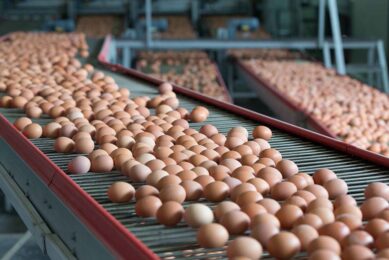Concepts and methods for understanding bone metabolism in laying hens
Laying hens have a unique bone turnover due to the daily egg laying cycle. Laying hens have three distinctive kinds of bones related to egg formation: cortical, cancellous, and medullary bones.
Cortical bone is a compact structural bone, whereas cancellous bone is the three-dimensional lattice-like honeycomb architecture at the end of long bones. Medullary bone is a highly labile woven bone lying in the marrow cavities. Medullary bone acts as Ca storage for egg shell formation.
Thus, bone quality is closely related with egg production and eggshell quality. During the daily egg laying cycle, medullary bone osteoclasts alternately cease and accelerate bone resorption. Although osteoclast numbers are not changed during the daily egg laying cycle, considerable morphological changes in osteoclasts occur along with changes in calcium requirements for egg shell formation.
Furthermore, the selection of proper methods is critical to obtain precise bone evaluation data, and include bone ashing, densitometric techniques, mechanical testing, or histomorphometry to evaluate bone status in laying hens. Since bone metabolism in laying hens is related to economic and animal welfare issues, better understanding of bone metabolism in laying hens would be important to enhance productivity and improve animal welfare.
Purchase report options:
- Purchase this report from Cambridge Journals
- Subscribe to WPSA journal (already a WPSA member)
- Become a WPSA member (word file) (pdf file)
Join 31,000+ subscribers
Subscribe to our newsletter to stay updated about all the need-to-know content in the poultry sector, three times a week. Beheer
Beheer








 WP Admin
WP Admin  Bewerk bericht
Bewerk bericht